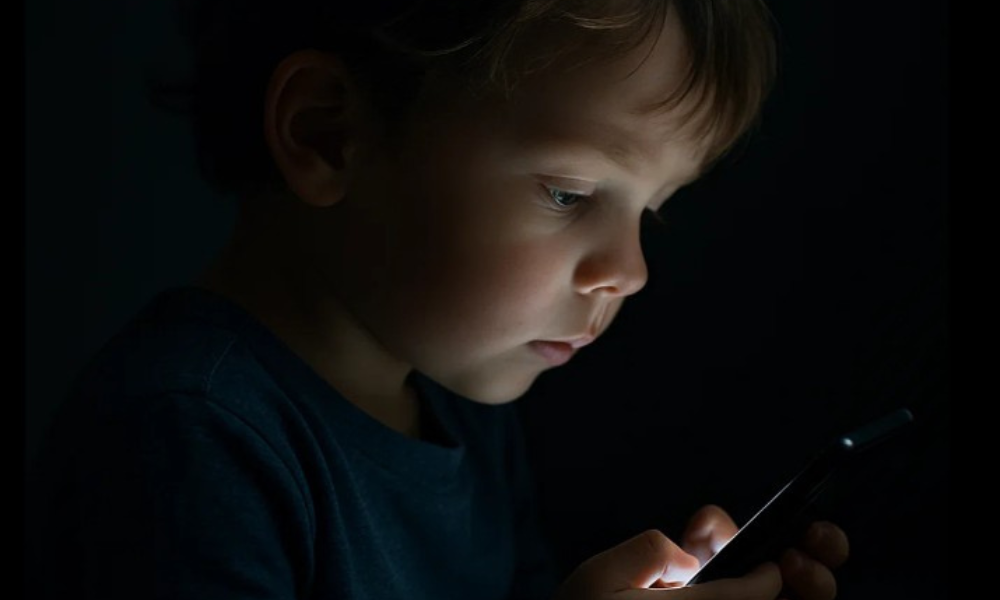
From 10 December 2025, Australian students under 16 will no longer be able to hold YouTube accounts, as the Federal Government extends its landmark social media restrictions.
The restrictions, announced on 30 July 2025, limit features like subscriptions, playlists, comments, and watch history, removing many tools students use for self-guided learning.
For schools, the move poses some interesting challenges, as many educators and students have long relied on the platform’s vast library of curriculum-aligned videos.
While teachers can still share public video links and play YouTube content in class, schools must consider whether continuing to use the platform sends a contradictory message to students about its safety and appropriateness in their lives.
The ban may also have an impact on out-of-classroom learning, such as homework, assignments, research projects, and self-guided study that previously relied on students freely accessing the platform.
The number of educators who are concerned about the effect of the ban in the classroom is a reminder of how vital video is in education and why schools now need clear strategies for safe, effective use of them in the classroom.
Enter ClickView – an educational video platform founded in 2003 that provides schools and teachers with curriculum-aligned videos, interactive learning tools, and secure media hosting to enhance classroom teaching and learning.
Recently, The Educator spoke to Edward Filetti, CEO of ClickView Australia, about how schools can manage the government’s upcoming YouTube exemptions without compromising student safety.
He said schools should first check safety settings before sharing YouTube links with students.
“It’s important to note that YouTube’s built-in age restrictions on ads only work when users are logged into their accounts, which under-16s will no longer be able to do, or when a video is marked as ‘made for kids’,” Filetti told The Educator.
“This means there may be a higher risk of students seeing contextual ads that aren’t appropriate for their age group.”
Other factors to consider are that the types of videos played on autoplay can’t be fully controlled, and comments remain visible, all of which can pose distractions or risks, says Filetti.
“Schools should embed shared videos where possible, turn off autoplay, and guide staff on what’s appropriate,” he said. “Schools should also prioritise vetting the quality of videos for accuracy, ensuring content is up to date, and confirming appropriateness for curriculum needs.”
Filetti said videos on YouTube are not always produced by subject matter experts, so it’s a good idea to review content to ensure it aligns with the school’s educational standards.
“Now is the time to reassess best practices and give educators the tools to confidently navigate the changes, whether continuing with YouTube in a safer way or transitioning to platforms designed with educational use, oversight, and child safety at their core.”
When asked how schools might source or develop secure, teacher-controlled video platforms as alternatives to YouTube, Filetti said they should start by asking: Is this platform built for education or entertainment?
“Look for features like curriculum alignment, ad-free viewing, student data protection, and age-appropriate, culturally relevant content. Many education departments already offer access to trusted platforms or house custom video libraries, so it’s worth exploring whether those options are already available,” he said.
“Homegrown solutions, like school-built video libraries, can work. However, most schools benefit from combining these with established, teacher-vetted platforms, giving students safe access to high-quality, engaging video without relying on commercial social media sites.”
Filetti said that for teachers need support to assess tools through a digital safety lens by understanding data privacy laws, platform compliance, and what’s safe to use with students.
“Start with a tech audit: what’s currently being used, where are the gaps, and which platforms meet your school’s legal and pedagogical needs?” he said.
“The Safer Technology for Schools (ST4S) assessment framework provides a structured approach to evaluating educational technology tools, helping schools systematically review platforms against safety, privacy, and educational criteria to make informed decisions about digital tools in the classroom.”
Contextual PD is also key, where the training links tech tools to curriculum planning and classroom practice, says Filetti.
“Appointing internal digital champions can also help, as teachers trust working with colleagues who understand their context. With the right guidance, teachers can feel confident choosing tools that protect students and enhance learning.”

